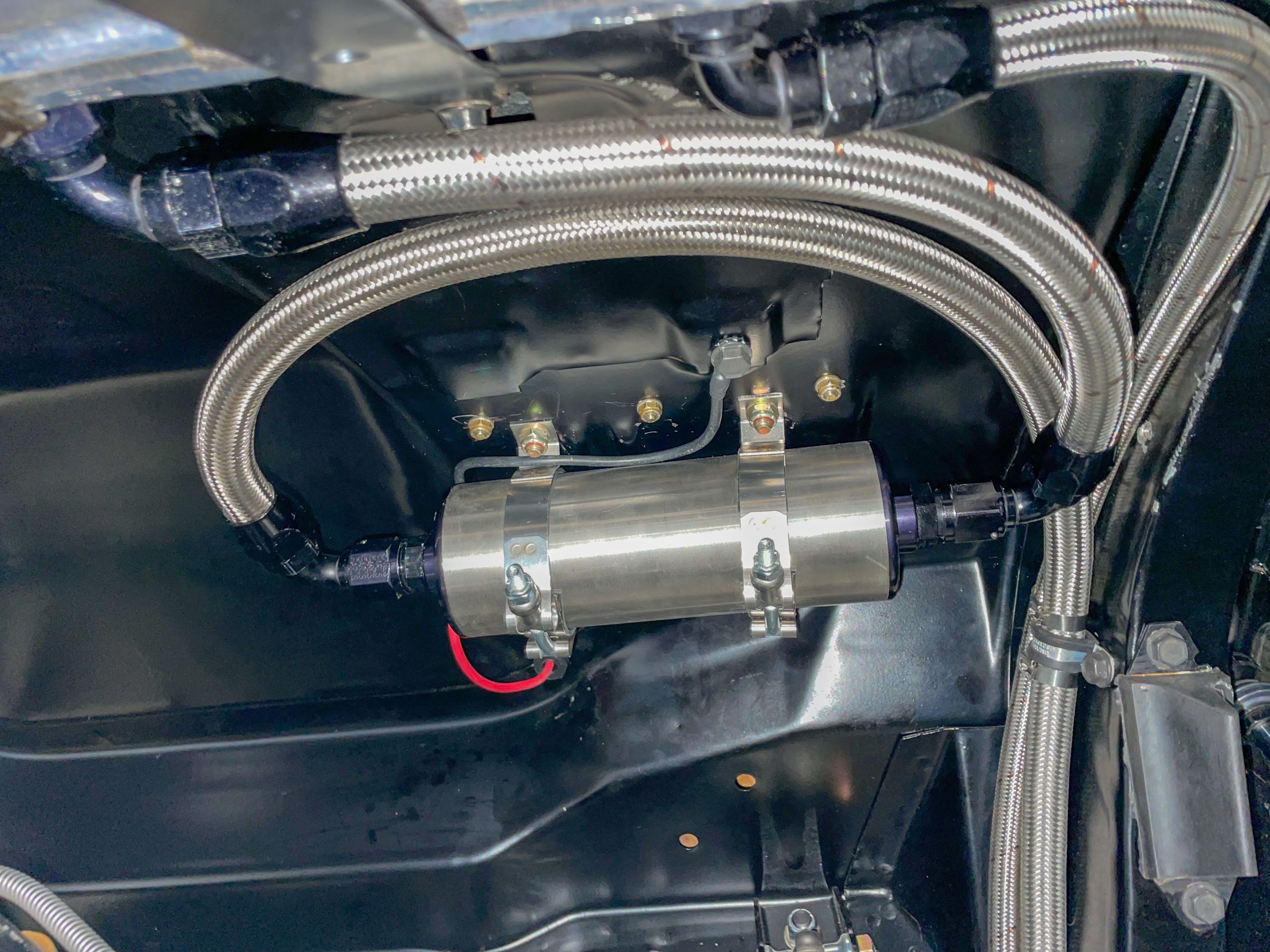Fuel Pump vs. Feed Pump: Unveiling the Distinctions and Functions
In the realm of mechanical systems, fuel and feed pumps play pivotal roles in ensuring the smooth operation of various engines and machinery. While both pumps are involved in the transportation of fluids, they possess distinct characteristics and serve different purposes. This article aims to delve into the intricacies of fuel pumps and feed pumps, highlighting their differences, functions, and significance in different industries.
- Understanding Fuel Pumps:
Fuel pumps are primarily responsible for delivering fuel from the storage tank to the engine's combustion chamber. They are commonly found in automobiles, aircraft, and other internal combustion engines. Fuel pumps are designed to maintain a consistent flow rate and pressure, ensuring the engine receives the required amount of fuel for optimal performance. These pumps are often electrically powered and utilize advanced technologies to regulate fuel delivery accurately. - Exploring Feed Pumps:
Feed pumps, on the other hand, are employed in various industrial processes where a continuous supply of fluid is essential. Unlike fuel pumps, feed pumps are not limited to transporting fuel but can handle a wide range of fluids, including water, chemicals, and lubricants. They are commonly used in power plants, manufacturing facilities, and oil refineries. Feed pumps are designed to maintain a steady flow of fluid, ensuring uninterrupted operation and preventing damage to machinery. - Key Differences:
3.1 Fluid Type: The primary distinction between fuel pumps and feed pumps lies in the type of fluid they handle. Fuel pumps exclusively deal with fuel, while feed pumps can handle various fluids depending on the specific application.
3.2 Application: Fuel pumps are predominantly used in automotive and aviation industries, whereas feed pumps find extensive usage in industrial processes and power generation.
3.3 Flow Rate and Pressure: Fuel pumps are designed to deliver fuel at a specific pressure and flow rate, ensuring efficient combustion. Feed pumps, on the other hand, prioritize a steady flow of fluid, often at higher flow rates, to meet the demands of industrial machinery.
3.4 Construction: Fuel pumps are typically compact and lightweight, designed to fit within the limited space of vehicles. Feed pumps, on the contrary, are often larger and more robust, capable of handling higher flow rates and pressures. - Significance in Different Industries:
4.1 Automotive Industry: Fuel pumps are crucial components in vehicles, ensuring the efficient delivery of fuel to the engine. They directly impact engine performance, fuel efficiency, and emissions.
4.2 Aviation Industry: Fuel pumps play a critical role in aircraft, maintaining a consistent fuel supply to the engines at varying altitudes and speeds. Reliability and precision are paramount in aviation applications.
4.3 Industrial Processes: Feed pumps are vital in industrial settings, facilitating the transportation of fluids for cooling, lubrication, and chemical processes. They ensure uninterrupted operation and prevent costly downtime.
Conclusion:
In summary, while fuel pumps and feed pumps share the common objective of fluid transportation, their differences in fluid type, application, flow rate, and construction make them distinct entities. Understanding these disparities is crucial for selecting the appropriate pump for specific industries and applications. Fuel pumps optimize fuel delivery in automotive and aviation sectors, while feed pumps ensure continuous fluid supply in industrial processes. By comprehending the disparities and significance of these pumps, industries can enhance efficiency, reliability, and overall performance.

Post Comment